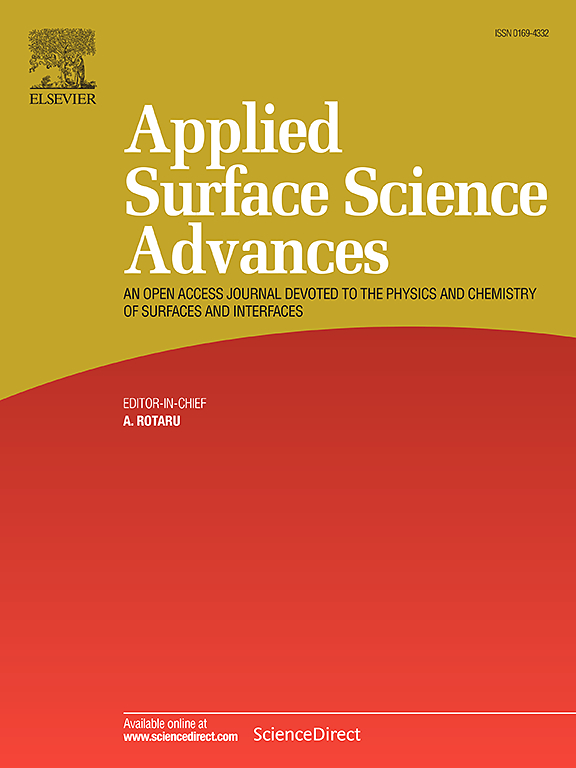Highly porous single-phase rhombohedral CrxRh2−xO3 nanofibers expediting oxygen evolution reaction
IF 8.7
Q1 CHEMISTRY, PHYSICAL
引用次数: 0
Abstract
Single-phase rhombohedral CrxRh2−xO3 nanofibers are demonstrated as an excellent and stable electrocatalyst for oxygen evolution reaction (OER) under alkaline condition. Facile optimization of the annealing temperature for electrospun nanofibers composed of Cr/Rh metal precursors and poly(vinylpyrrolidone) could produce highly porous nanofibers of single-phase CrxRh2−xO3 by randomly distributing two metal ions of Cr3+ and Rh3+ in the rhombohedral crystalline lattice sites. Single-phase CrxRh2−xO3 could then induce the best synergistic effect of Cr and Rh owing to the perturbation of the surface electronic structure of the electrocatalyst active site and much enlarged electroactive surface area. Density functional theory (DFT) simulation integrated with experimental data indicated that the increased activity was due to moderate d-band center energy levels. This regulates oxygen desorption and adsorption capacities in the intermediates (*OH, *O, and *OOH). Conclusively, CrxRh2−xO3 nanofibers exhibited superior OER catalytic performances (low overpotential and Tafel slope with high stability and easy product desorption) compared to other Rh-related catalysts reported to date.
高孔单相菱面体CrxRh2−xO3纳米纤维加速析氧反应
在碱性条件下,单相菱面体CrxRh2−xO3纳米纤维是一种性能优良、稳定的析氧反应电催化剂。通过对Cr/Rh金属前驱体和聚乙烯吡咯烷酮组成的电纺丝纳米纤维的退火温度进行简单优化,可以在菱面体晶格位上随机分布Cr3+和Rh3+两种金属离子,从而制备出高孔隙度的单相CrxRh2−xO3纳米纤维。由于电催化剂活性位点的表面电子结构受到干扰,电活性表面积大大增加,因此单相CrxRh2−xO3可以诱导Cr和Rh的最佳协同效应。密度泛函理论(DFT)模拟结合实验数据表明,活性增加是由于d波段中心能级适中。这调节中间产物(*OH, *O和*OOH)的氧解吸和吸附能力。总之,与目前报道的其他铑相关催化剂相比,CrxRh2−xO3纳米纤维表现出优异的OER催化性能(低过电位和Tafel斜率,高稳定性和易于产物脱附)。
本文章由计算机程序翻译,如有差异,请以英文原文为准。
求助全文
约1分钟内获得全文
求助全文

 求助内容:
求助内容: 应助结果提醒方式:
应助结果提醒方式:


